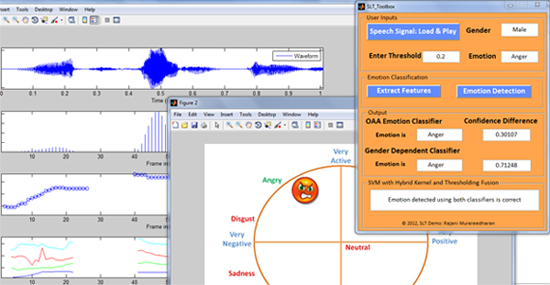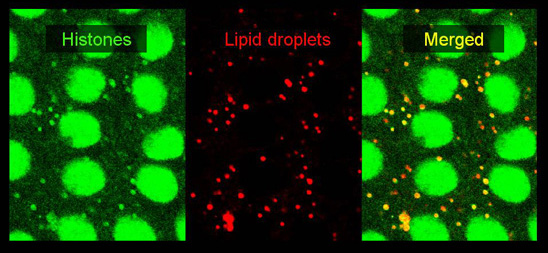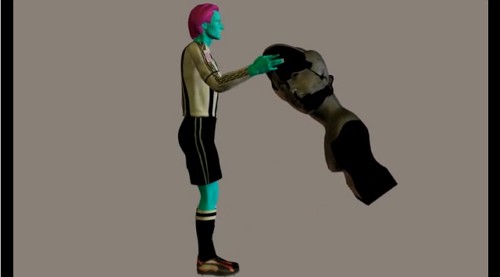
Your Brain on Big Bird
Using brain scans of children and adults watching Sesame Street, cognitive scientists are learning how children’s brains change as they develop intellectual abilities like reading and math.

Smartphones: the New Mood Ring?
If you think having your phone identify the nearest bus stop is cool, wait until it identifies your mood. Rochester engineers are developing a new computer program that gauges human feelings through speech, with substantially greater accuracy than existing approaches.

“Space Gems” Share a Dramatic Origin Story
These meteorites, or pallasites, were likely formed when a smaller asteroid crashed into a planet-like body about 30 times smaller than earth.

‘Holy Grail’ of Hydrogen Fuel
Work by a group of graduate students and chemistry professors is advancing what is sometimes considered the “holy grail” of energy science: lowering the cost while increasing the output of sunlight-powered hydrogen-production systems. The solution: nanocrystals and nickel catalysts.

How Do Blind Mole Rats Ward Off Cancer?
Blind mole rats and naked mole rats—both subterranean rodents with long life spans—are the only mammals never known to develop cancer. Rochester biologists have now determined that the mechanism for fighting off cancer differs between the two.

Rethinking Toxic Proteins on the Cellular Level
Histones are proteins needed to assemble DNA molecules into chromosomes. New research at the University of Rochester is causing a fundamental shift in the concept of histone balance and the mechanism behind it.

Brain’s Desire for Clarity Shapes Language
Many changes to language are simply the brain’s way of ensuring that communication is as precise and concise as possible.

Protected: The Marshmallow Study Revisited
There is no excerpt because this is a protected post.

How Much Gulf Spill Oil Was Consumed by Bacteria?
Researchers from the University of Rochester and Texas A&M University have found that naturally occurring bacteria that exist in the Gulf of Mexico consumed and removed at least 200,000 tons of oil and natural gas after the 2010 Deepwater Horizon spill.

University of Rochester Plays Key Roles in Search for Higgs Boson
July 4, 2012, was an historic day for researchers at CERN. It also marked an important period at the University of Rochester as three physicists and an engineer helped support the nearly five-decades-old theory of one of their colleagues.
